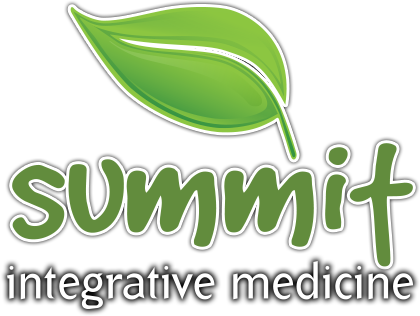In The News: PRP for Healing Joint Problems
Platelet-rich plasma (PRP) therapy is getting more and more press these days. The New York Times article (see link below) is one of many that have emerged over the past couple of years. What’s little talked about is the fact that this therapy is really prolotherapy. Prolotherapy has been around for decades, but the concept of healing joints by either sticking needles or hot metal rods into injured areas has been around for millenia. I guess the prestige of creating a blood-base graft and use it to accelerate healing and recovery has brought more appeal to this often scoffed-at procedure. Which is great! Prolotherapy can be truly miraculous in permanently healing joint injuries and arthritis.
How does PRP differ from prolotherapy?
First, I’d like to point out the fact that the newly found interest in PRP will likely attract its use by doctors who have very little experience injecting joints for the purpose of stimulating a regenerative response. Results seen by these docs may not be as good as the results typical of an experienced prolotherapist, such as myself. This phenomenon likely accounts for some contradictory research findings. The treatment needs to be applied in a precise manner to the appropriate patient and presenting condition. Like any therapy, it is not a cure-all; but be assured there exists plenty of positive evidence that supports both prolotherapy and PRP. I recommend you read a recent Park Record feature article describes yet another amazing cancelled hip replacement surgery here.
PRP differs from prolotherapy in terms of what is injected either into or around the joints. The method is the same; hence, the importance in receiving treatments from experienced prolotherapists. PRP solution is created by drawing the patient’s blood and processing it in a special centrifuge, which enables us to separate out the portion of blood that is high in platelets. The so-called “platelet-rich plasma” is also high in other blood components, such as white blood cells and various growth factor proteins. It is likely that it is not the platelets, but some other part of the “plasma” that creates such a positive healing reaction within joints.
Prolotherapy, on the other hand, utilizes a simpler injectable solution. Dextrose sugar is the most common. Studies show that specific dextrose solution concentrations trigger the release of tissue growth factors needed to regenerate collagen, bone, blood vessels, cartilage and other healthy tissues. Essentially, PRP and dextrose do the same thing. There is even some evidence that, at least for some patients, dextrose is no more effective than PRP in creating a positive healing response.
PRP Prolotherapy or Dextrose Prolotherapy?
I personally find that dextrose prolotherapy is sufficient 90% of the time. This is good for patients to know ahead of time because adding PRP can increase the per treatment cost by $250-450. Generally, I begin with acupuncture, which is the least invasive of all the proliferative, healing joint treatments. I can determine whether you’re a good candidate for either prolotherapy or “PRP” after 1-2 acupuncture treatments. Should you have questions regarding a chronic pain issue, arthritis, headaches or back or neck injury, please call me at the office so that I can help you determine the most appropriate treatment to get you pain-free and enjoying your favorite activities again.
http://www.latimes.com/features/health/la-he-plasma-20100426,0,5916581.story
